Surface Plasmon Resonance
Pulsatile-free flow
Stable and steady flow profile
Vibration-free pump
Ideal for sensitive experiments near the microscope
Compact and modular
Small footprint and several channels in parallel
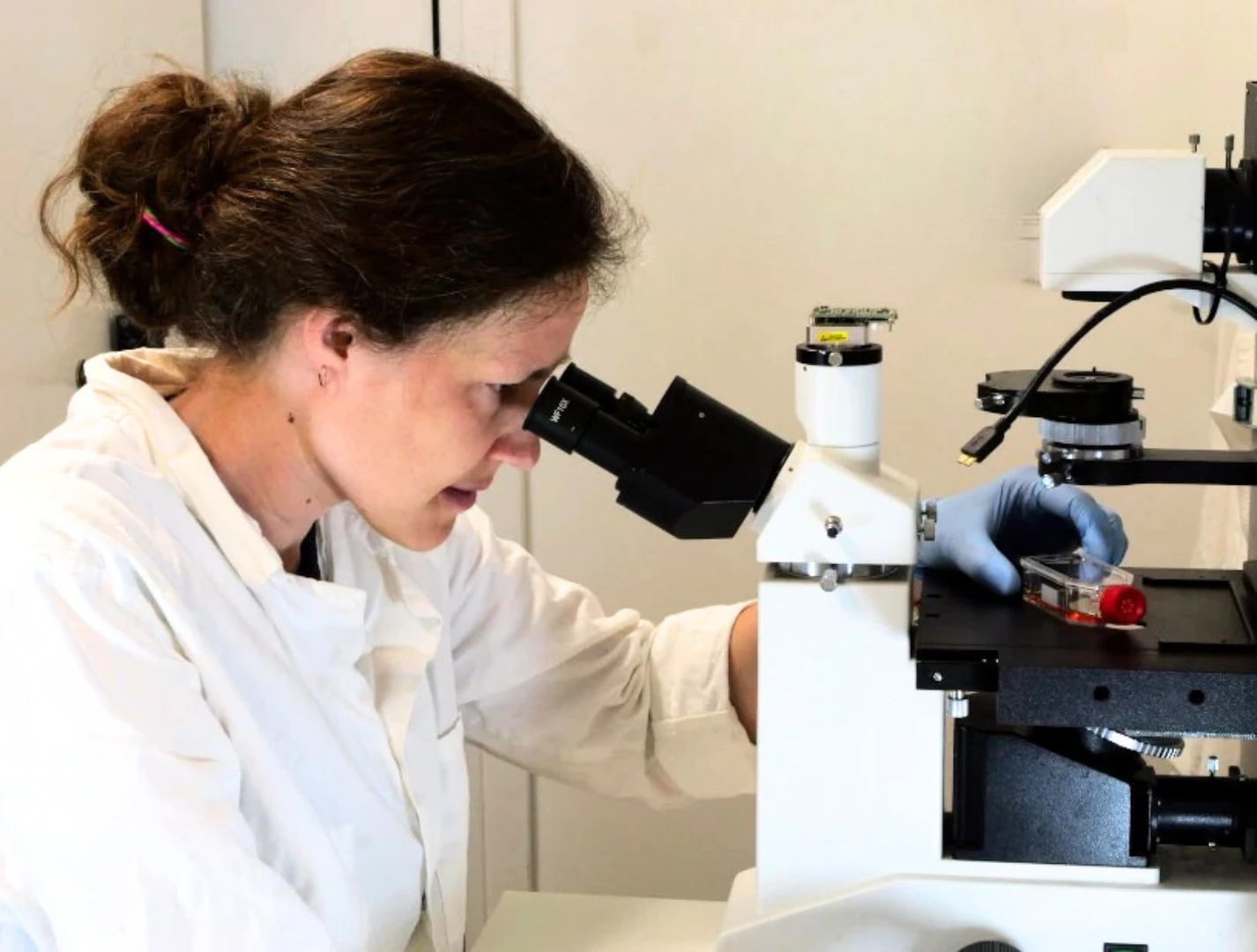
Need a microfluidic SME partner for your Horizon Europe project?
Surface plasmon resonance
Surface plasmon resonance (SPF) is an optical technique for sensing alterations on a treated surface. The working principle of SPF consists in applying a light beam at an angle on a metallic surface and reading the difference between the expected refractive angle and the actual refractive angle, which characterises the surface plasmon resonance. The technique is highly sensitive, and can detect small changes on the surface, such as the binding of molecules.
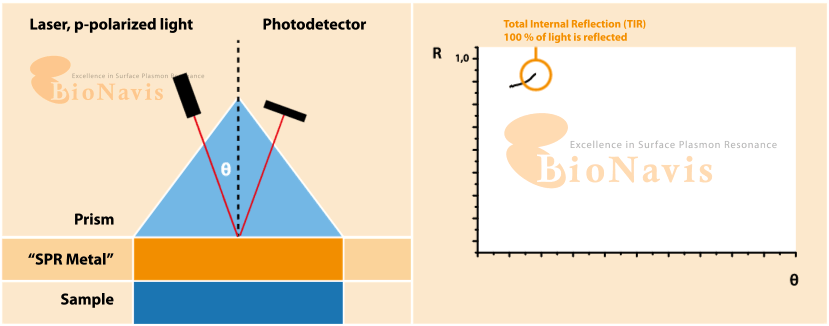
Our Perfusion pump was designed precisely to address these limitations. Compact and easy to assemble and use, it offers a stable and steady flow, at low flow rates, vibration-free. The working volumes can be easily adapted from 1,5 ml Eppendorfs to 100ml bottles.
Surface plasmon resonance-based cell sensing
SPR can be used for cell sensing. For example, it is possible to detect how cells attach, molecule-ligand studies, with either attached cells or in suspension.
Setup
The surface plasmon resonance setup remains the same with the perfusion pump replacing the syringe pumps. Although the perfusion pump is pressure-based, requiring a flow sensor to control low flow rates, the flow sensor and reservoirs are integrated, making it easier to use.
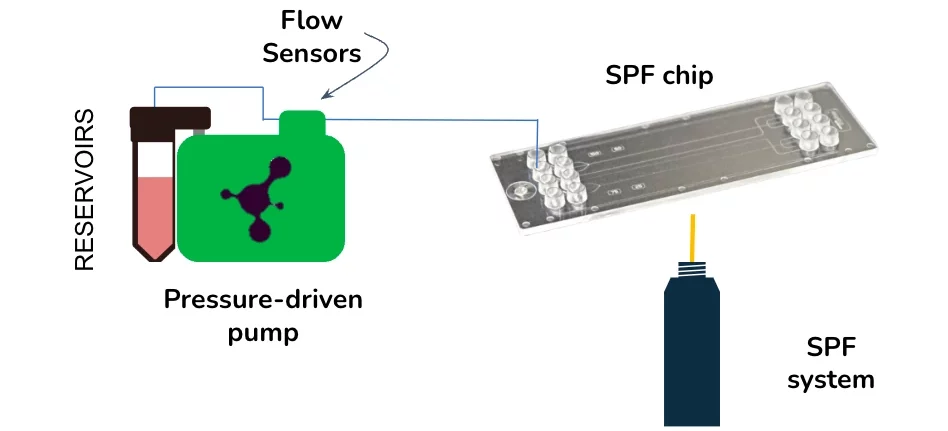
References
Annika Koponen, Erja Kerkelä, Tatu Rojalin, Elisa Lázaro-Ibáñez, Teemu Suutari, Heikki O. Saari, Pia Siljander, Marjo Yliperttula, Saara Laitinen, Tapani Viitala, Label-free characterization and real-time monitoring of cell uptake of extracellular vesicles, Biosensors and Bioelectronics, Volume 168, 2020, 112510, ISSN 0956-5663, https://doi.org/10.1016/j.bios.2020.112510.
Compatibility and applications
Some biological applications of our perfusion pump for microscopy also include:
Biomolecular Interaction Analysis
Drug Discovery and Development
Biosensor Diagnostic Development
Cell attachment studies
And many more!
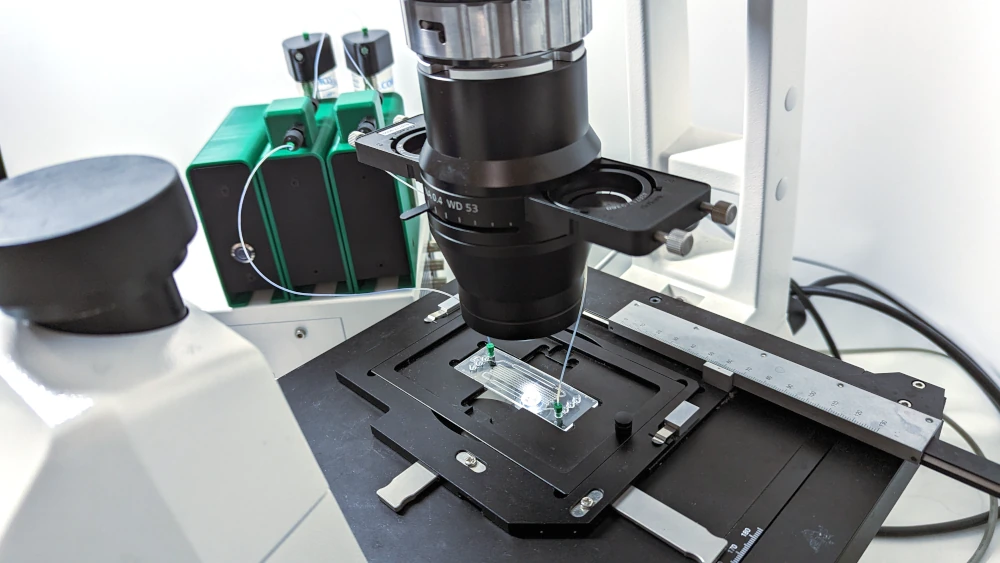
References
1. Lyapun, I. N., Andryukov, B. G. & Bynina, M. P. HeLa Cell Culture: Immortal Heritage of Henrietta Lacks. Mol. Genet. Microbiol. Virol. 34, 195–200 (2019).
2. Coluccio, M. L. et al. Microfluidic platforms for cell cultures and investigations. Microelectron. Eng. 208, 14–28 (2019).
3. Mehling, M. & Tay, S. Microfluidic cell culture. Curr. Opin. Biotechnol. 25, 95–102 (2014).
Perfusion pump technical specifications
| Pressure control | |
|---|---|
| Pressure range | -400 to 600 mbar |
| Pressure stability | 0.2 mbar |
| Air flow rate | 0.1 L/min at atmospheric pressure
Possibility to work with higher air flow rates by reducing the pressure range |
| Flow control | |
| Microfluidic flow sensor | Monitoring and feedback loop flow control available |
| Flow rates | From 0.1 µL/min to 5 mL/min |
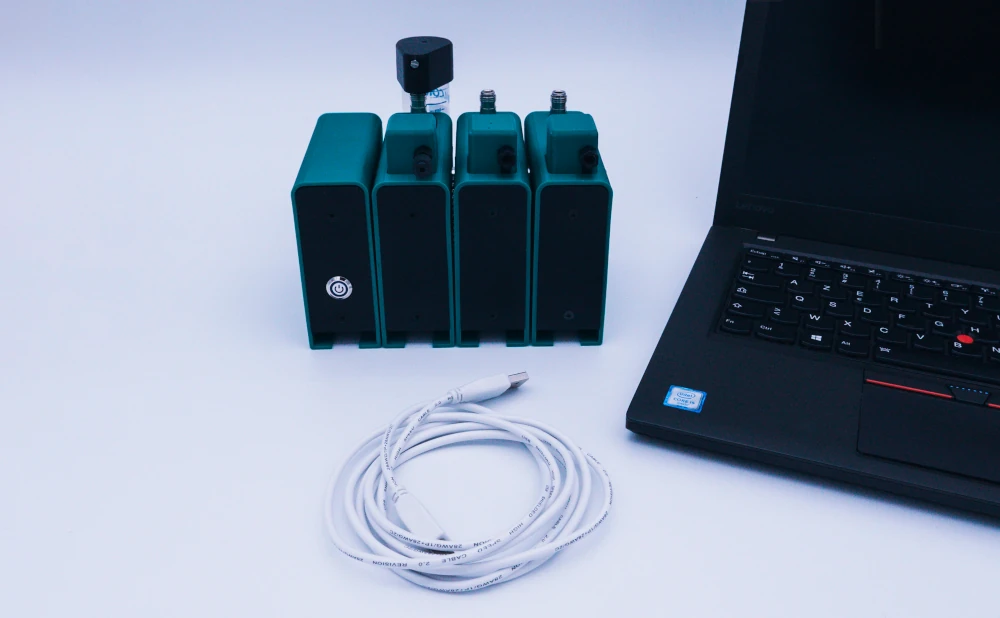
Frequently asked questions
Which microscope slides can be used in Surface Plasmon Resonance?
Our system is designed to adapt to any chips or chambers, depending only on having the correct adapters.
Is the perfusion pump for microscopy powered by battery?
No, the perfusion pump for microscope needs to be connected to a power source.
Does the perfusion pump require an air compressed source?
No, the pump is autonomous.



